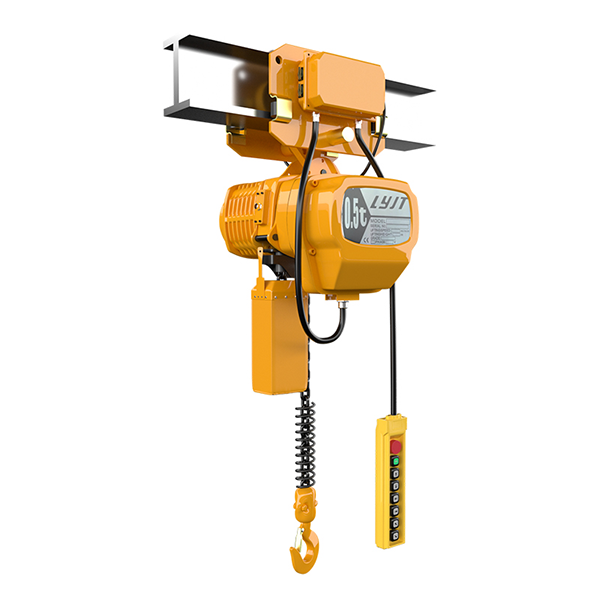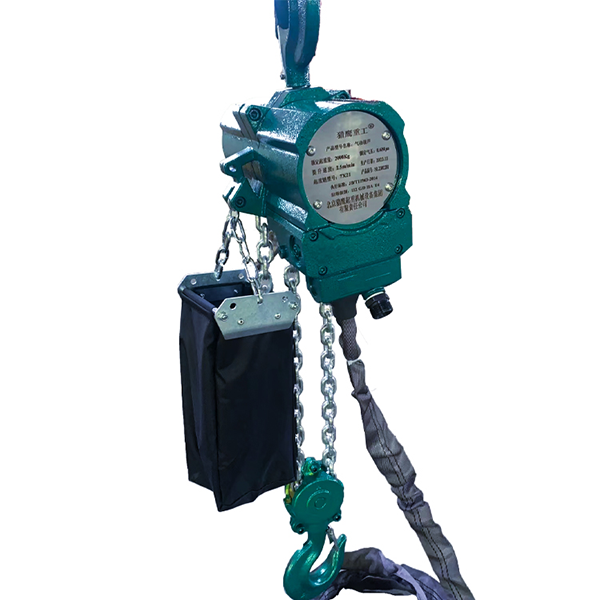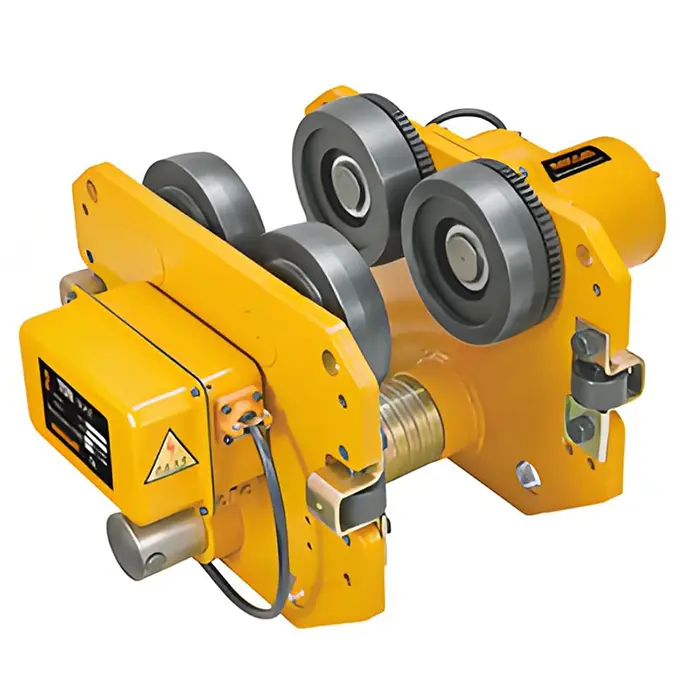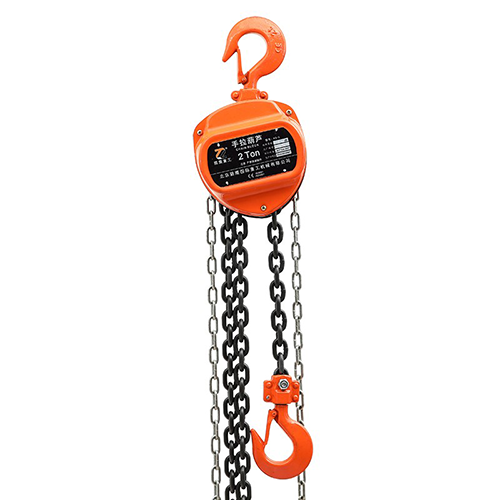Lever Block: Working Principle and Application Analysis
The Lever Block, also known as a manual winch, is a simple and user-friendly manual lifting device widely used in construction, shipbuilding, power industries, and other sectors. It relies primarily on human power as its driving force, utilizing a series of mechanical transmissions to achieve functions such as lifting heavy objects, pulling loads, and regulating tension. This original manufacturer will delve into the working principle of the Lever Block and its practical application characteristics.
Lever BlockDetailed Explanation of the Working Principle Lever Block
The core working principle of the Lever Block can be summarized as a coordinated process involving human torque transmission, gear-driven mechanisms, and braking systems.
1. Lever BlockHuman Torque TransmissionLever Block:
Lever BlockThe operation of the Lever Block is powered by human effort. The operator applies force through a handle, which is transmitted to the internal gear system, converting it into rotational power for the winch. This direct human involvement ensures ease of use and adaptability in environments without power sources.
2. Lever BlockGear Transmission Lever Block:
Lever BlockA precision-engineered gear system within the hoist facilitates power transmission. When the handle is actuated, it drives the gears to rotate. The meshing of gears generates the required torque, enabling the winch to rotate as intended. Gear transmission not only amplifies torque but also ensures smooth and efficient operation.
3. Lever BlockBraking System Lever Block:
Lever BlockTo ensure safety and stability, the hoist is equipped with a braking system. These devices halt the winch immediately when the operator ceases applying force, preventing unintended descent or rapid rotation that could cause harm. The design and material selection of the brake directly impact the hoist’s performance; common types include ratchet brakes and electromagnetic brakes.
Lever BlockStructural Characteristics and Application Analysis Lever Block
The design of the Lever Block prioritizes practicality and durability.
1. Lever BlockCasing Material Lever Block:
Lever BlockThe casing is typically made of alloy steel or stainless steel, providing sufficient strength and corrosion resistance. Surface treatments like powder coating or electroplating further enhance protection, ensuring reliability in harsh environments.
2. Lever BlockGear System Lever Block:
Lever BlockThe internal gear system comprises precision-machined gears. Precision grinding ensures smooth meshing, enabling efficient and steady power transmission. Material selection and heat treatment processes are critical for enhancing wear resistance and fatigue strength.
3. Lever BlockBraking System Lever Block:
Lever BlockThe braking system is designed for rapid and reliable stopping. Whether manual ratchet brakes or electromagnetic systems, their response speed and braking force are meticulously engineered.

The Lever Block’s unique advantages make it indispensable across multiple sectors. In construction, The Lever Block is used for lifting and securing building materials; in shipbuilding, it aids in vessel maintenance and assembly. In the power industry, it regulates and secures cables and supports. Additionally, it is widely employed in rescue and recovery operations.





